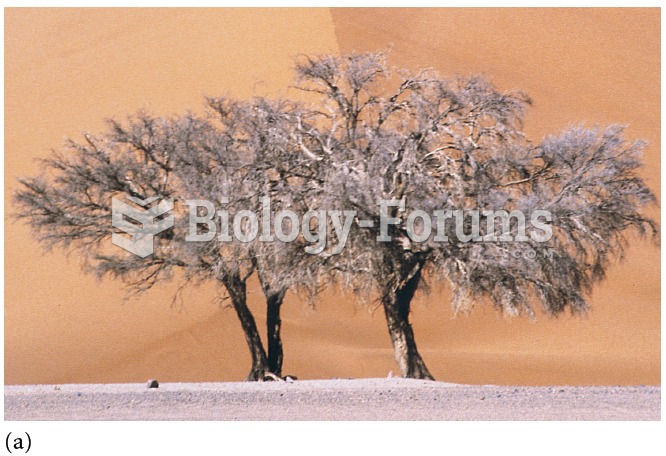|
|
|
More than 34,000 trademarked medication names and more than 10,000 generic medication names are in use in the United States.
The U.S. Pharmacopeia Medication Errors Reporting Program states that approximately 50% of all medication errors involve insulin.
About 100 new prescription or over-the-counter drugs come into the U.S. market every year.
Asthma-like symptoms were first recorded about 3,500 years ago in Egypt. The first manuscript specifically written about asthma was in the year 1190, describing a condition characterized by sudden breathlessness. The treatments listed in this manuscript include chicken soup, herbs, and sexual abstinence.
People with high total cholesterol have about two times the risk for heart disease as people with ideal levels.







